The Role of Technology in Modern Government Surveillance
Evolution of Government Surveillance Technology
Government surveillance has undergone a profound transformation over the decades. Initially reliant on rudimentary methods such as physical observations and bugs, modern surveillance employs sophisticated technologies that capitalize on the interconnectedness of daily life. With the advent of the internet and advanced data collection methods, governments can now monitor populations more discretely and efficiently.
Types of Surveillance Technologies
-
Closed-Circuit Television (CCTV)
CCTV systems are ubiquitous in urban environments, serving as a primary tool for monitoring public spaces. These systems provide real-time footage that can be analyzed to identify crime patterns, potential threats, or even to monitor public gatherings. With advancements in image recognition technology, CCTV systems can now automatically identify individuals and objects, enhancing the capabilities of law enforcement agencies. -
Social Media Monitoring Tools
Governments increasingly leverage social media platforms to gather intelligence and monitor public sentiment. Social media monitoring tools allow agencies to track keywords, hashtags, and geolocation data, providing insights into citizens’ behaviors and opinions. The ability to analyze vast amounts of social media data in real-time enables governments to respond swiftly to potential crises or unrest. -
Facial Recognition Technology
Facial recognition has become a cornerstone of modern surveillance. By scanning and matching facial features against databases, governments can quickly identify individuals in crowds. This technology is being integrated into various applications, from airport security to law enforcement operations. However, the widespread use of facial recognition raises significant ethical concerns regarding privacy and civil liberties. -
Drones and Unmanned Aerial Vehicles (UAVs)
Drones provide a bird’s-eye view of public and private spaces, expanding the surveillance reach of governmental agencies. Equipped with high-definition cameras and sensors, drones can monitor large areas, gather intelligence, and assess situations in real-time without the need for physical presence. This aerial surveillance is particularly useful during events where large crowds gather, such as protests or festivals. -
Location Tracking Technologies
GPS and mobile data tracking technologies allow governments to monitor individuals’ movements through their smartphones. By analyzing data from mobile devices, law enforcement can trace an individual’s location history, which can be pivotal in criminal investigations and tracking potential threats. However, the aggregation of location data also raises privacy implications, leading to debates on the legality and ethics of such practices.
Data Collection and Processing
Data collection in government surveillance is vast and varied, encompassing digital communications, transactional data, and biometric information. The ability to process and analyze this data efficiently hinges on machine learning and artificial intelligence (AI).
-
Big Data Analytics
The sheer volume of data generated today is unprecedented. Governments utilize big data analytics to sift through massive datasets to uncover trends and actionable insights. This technology helps in identifying potential security threats, crime hotspots, and even predicting behavior patterns among populations. -
Artificial Intelligence (AI)
AI algorithms enhance the capabilities of surveillance systems by enabling predictive policing, anomaly detection, and real-time decision-making. Machine learning models can analyze behavioral patterns to flag unusual activities, potentially preventing crimes before they occur.
Legal and Ethical Considerations
The integration of advanced surveillance technologies into governance raises significant legal and ethical challenges. The balance between public safety and individual privacy is a contentious issue, with critics arguing that many surveillance practices infringe on civil liberties.
-
Privacy Laws and Regulations
Various countries have established laws to regulate surveillance practices, mandating transparency and accountability in government actions. For instance, the General Data Protection Regulation (GDPR) in the European Union emphasizes individual rights regarding personal data, impacting how governments conduct surveillance. -
Public Trust and Surveillance Oversight
Public perception of government surveillance heavily influences its legitimacy. When citizens feel that surveillance is intrusive or misused, it can lead to mistrust in government institutions. Establishing oversight mechanisms, such as independent review boards, can reinforce public confidence that surveillance is conducted ethically and responsibly.
The Impact of Surveillance on Society
-
Crime Deterrence
Effective surveillance systems can act as a deterrent to criminal activities. The omnipresence of surveillance often discourages individuals from engaging in illicit behaviors, leading to enhanced public safety in monitored areas. -
Social Control
Surveillance can extend beyond crime prevention to become a tool for social control. This practice is particularly prevalent in authoritarian regimes, where surveillance is used to stifle dissent and monitor political opposition. The normalization of surveillance culture could lead to self-censorship among citizens, limiting their freedom of expression. -
Discrimination and Bias
The use of AI and machine learning in surveillance raises concerns about inherent biases within algorithms. Historical data may reflect societal prejudices, leading to discriminatory practices in surveillance targeting specific demographics. Addressing these biases is critical to ensuring equitable and fair application of surveillance technologies.
Future of Government Surveillance Technology
As technology continues to advance, the landscape of government surveillance will inevitably evolve. Innovations such as quantum computing and advanced neural networks could revolutionize data processing and analysis. The integration of surveillance with the Internet of Things (IoT) may further amplify the reach and effectiveness of government monitoring.
-
Integration of Surveillance Systems
Future surveillance strategies may involve the integration of various technologies, creating a comprehensive ecosystem that allows for seamless data collection and analysis. This interconnectedness could improve situational awareness during crises but also heighten challenges concerning privacy and data protection. -
Continuous Ethical Dialogue
Ongoing discussions about the ethical implications of surveillance technologies are crucial. Collaborative approaches, involving technologists, ethicists, policymakers, and the public, can help keep surveillance practices aligned with democratic principles and individual rights. -
Transparent Policies
Establishing transparent policies regarding the use of surveillance technologies can reassure citizens about their privacy rights. By involving the public in dialogues about surveillance practices, governments can foster a more informed and cooperative society.
In summary, technology plays a critical role in modern government surveillance, shaping how authorities monitor and respond to the needs of the populace. As these technological capabilities expand, so too do the conversations surrounding privacy, ethics, and individual freedoms. Balancing the potential benefits of surveillance with its implications for civil liberties remains one of the defining challenges of contemporary governance.
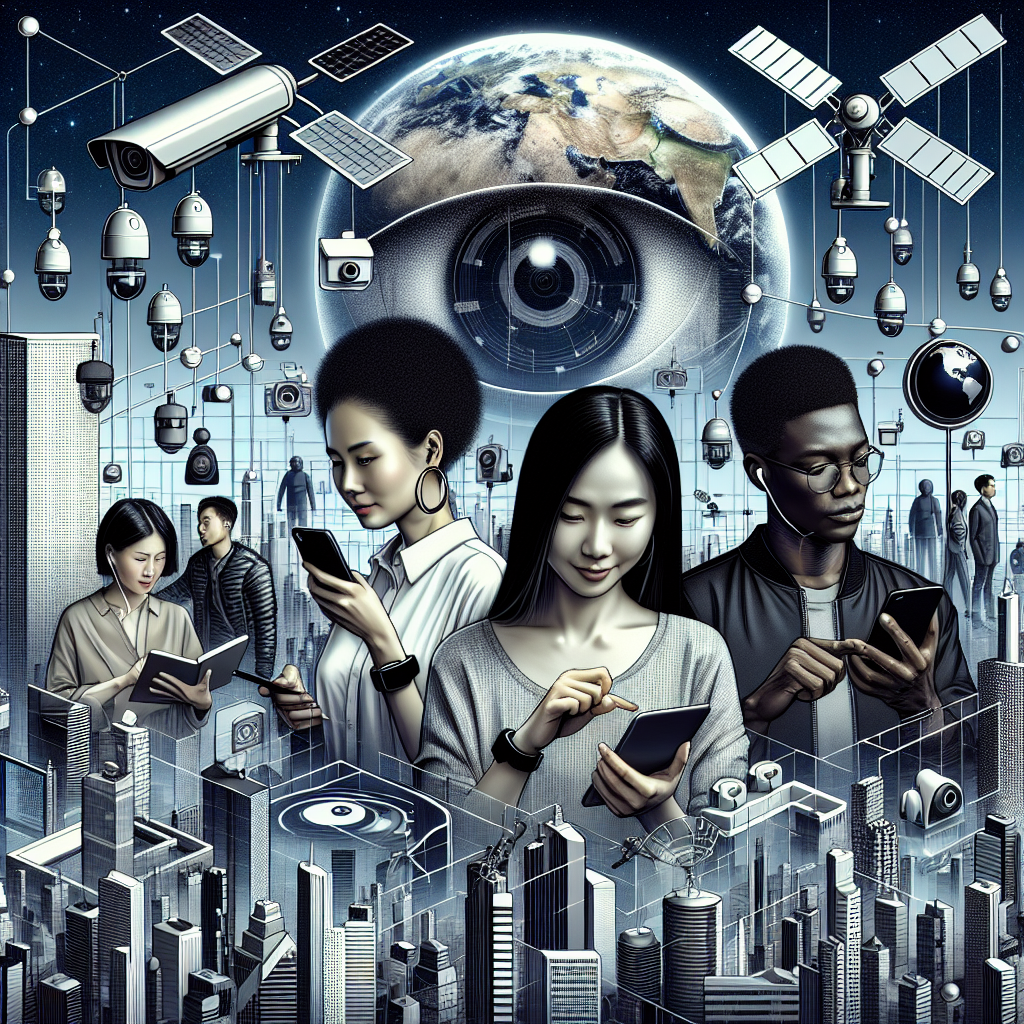





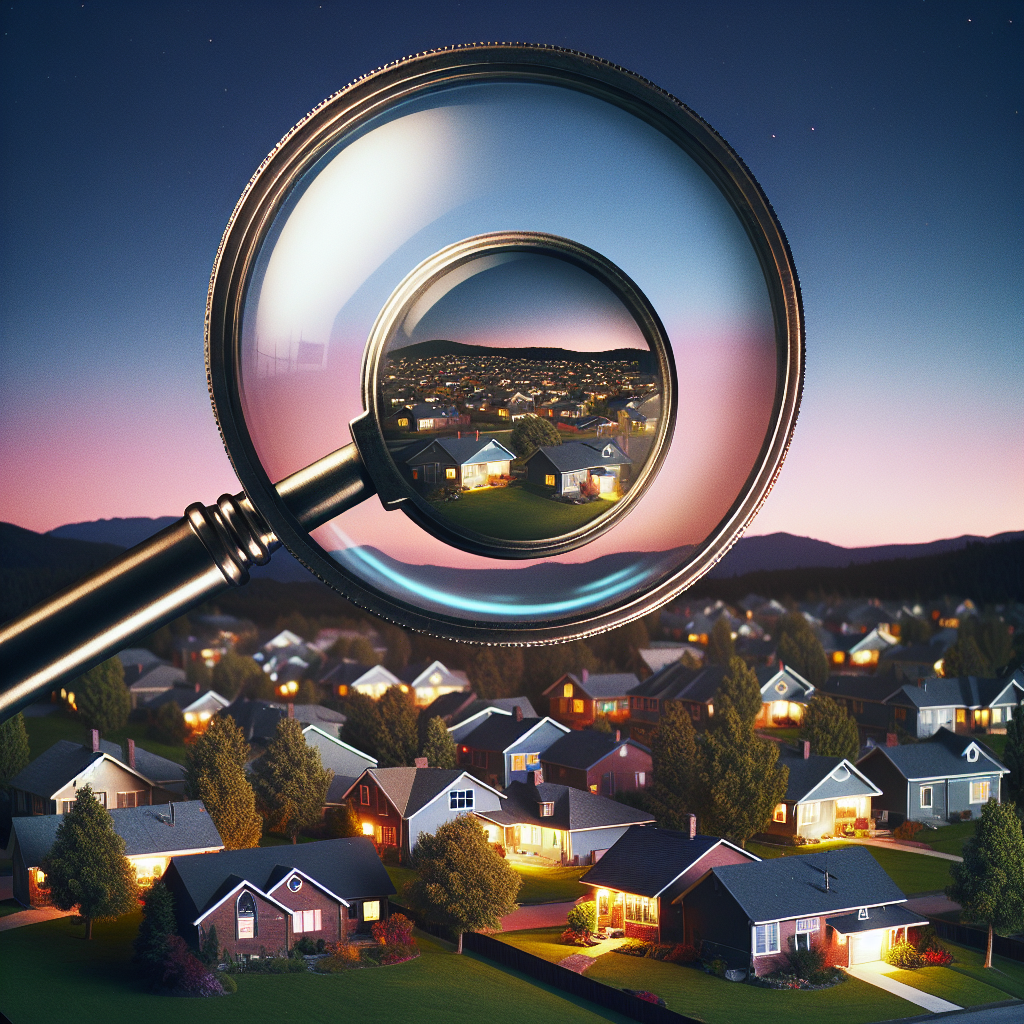
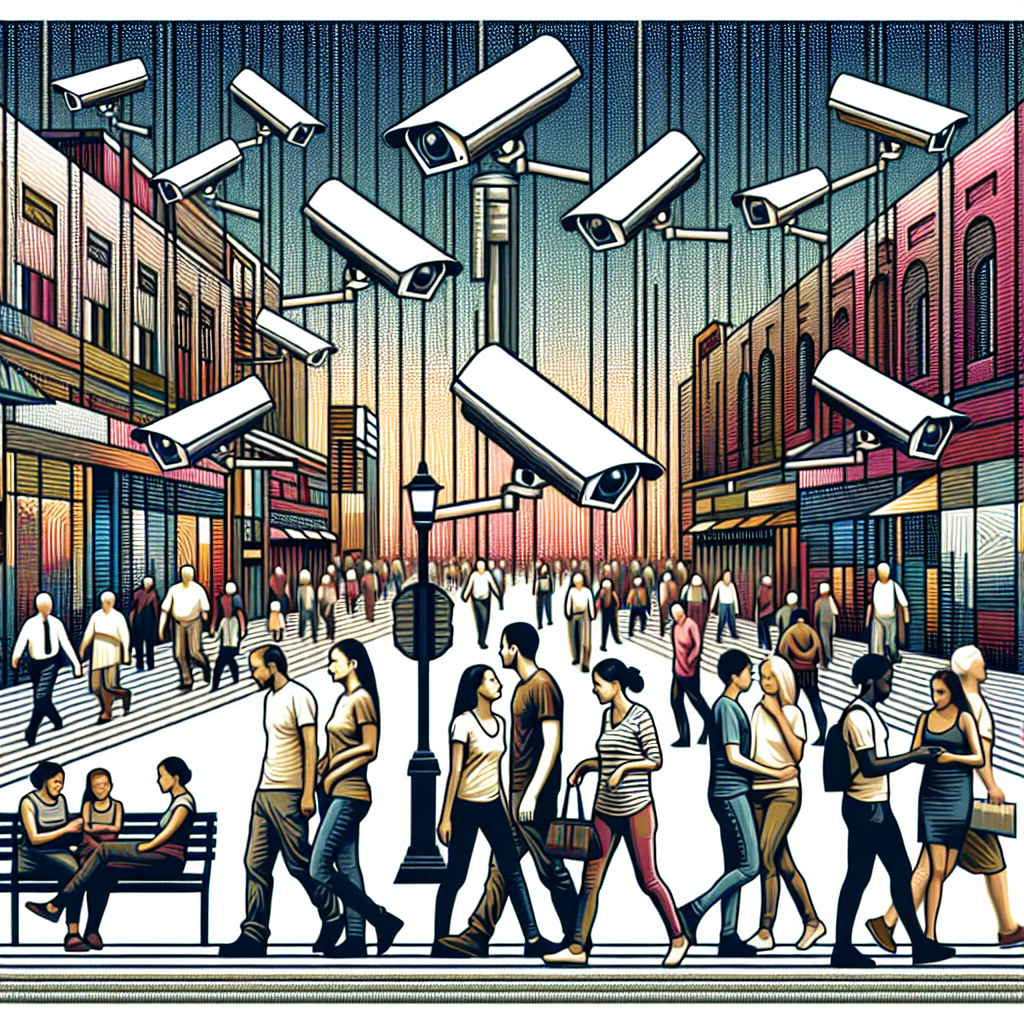
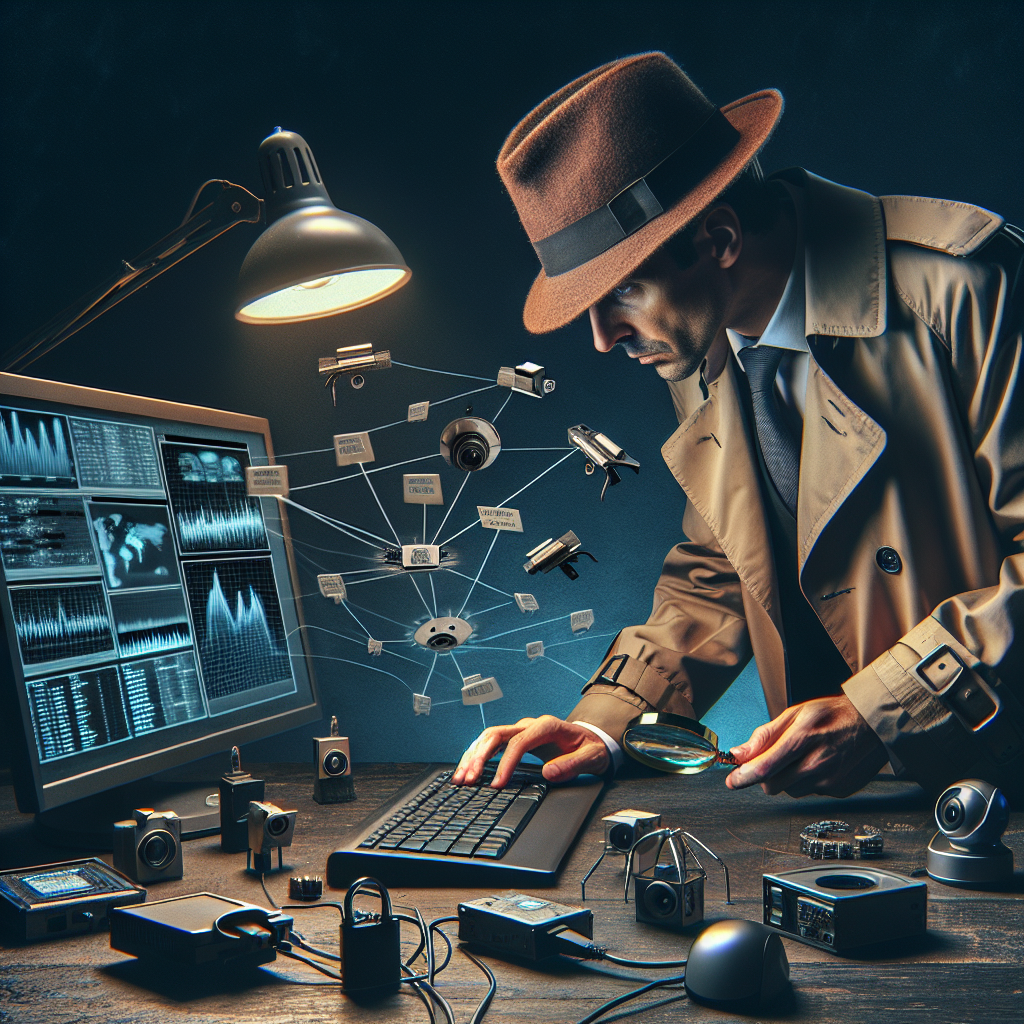
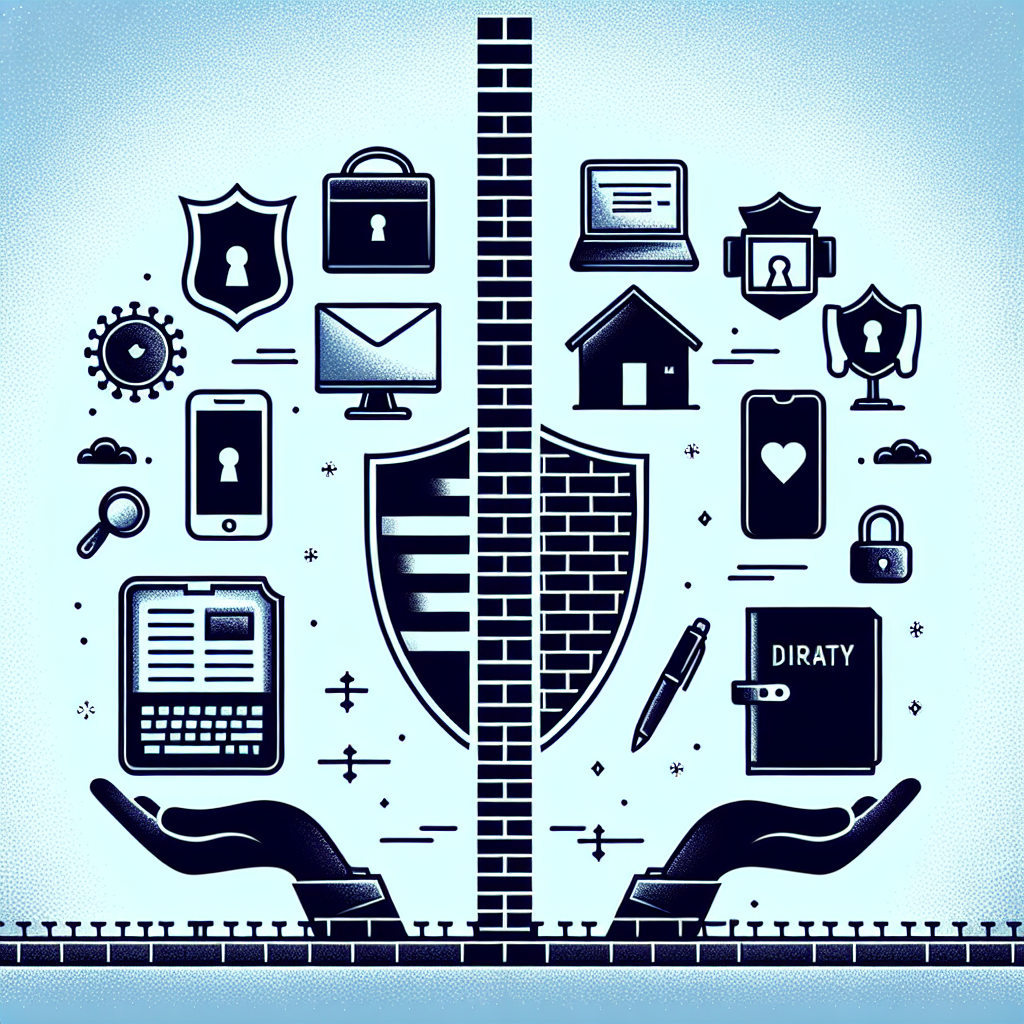
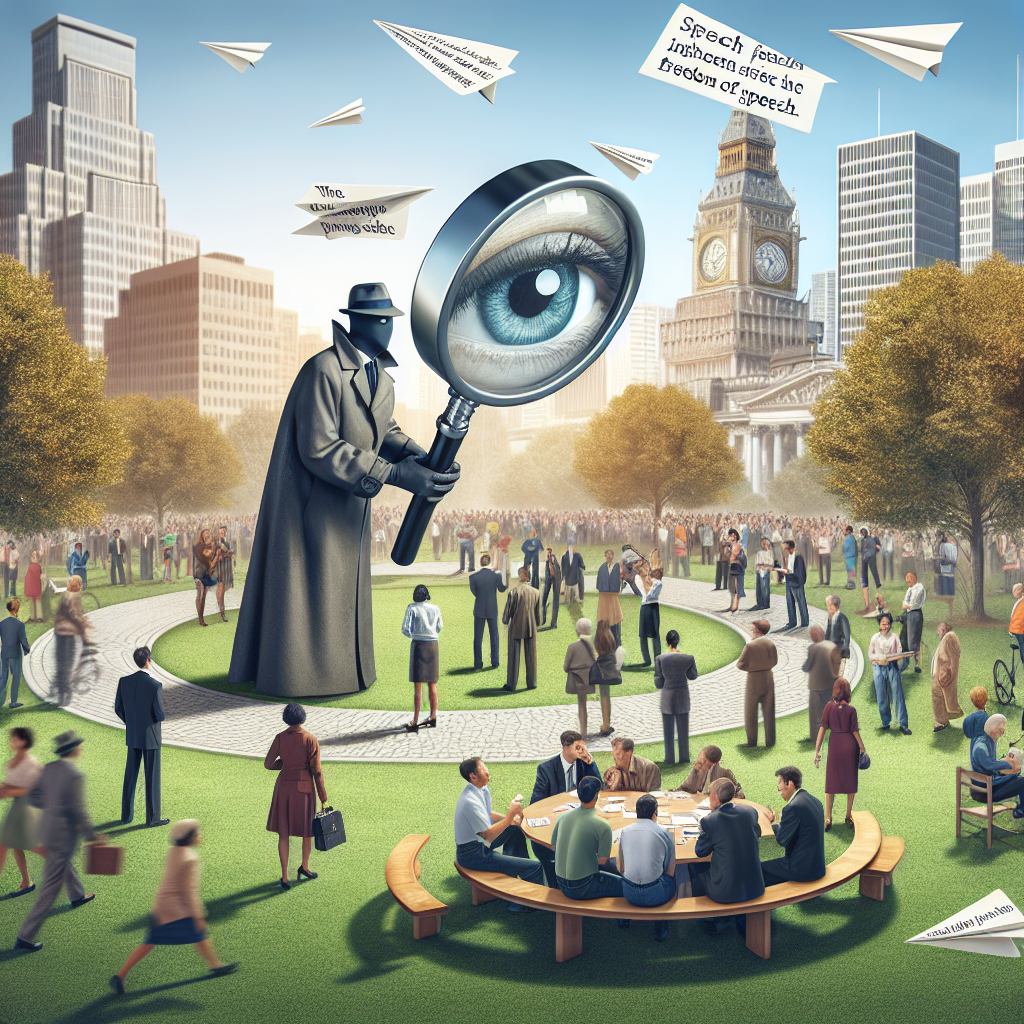


Leave a Reply